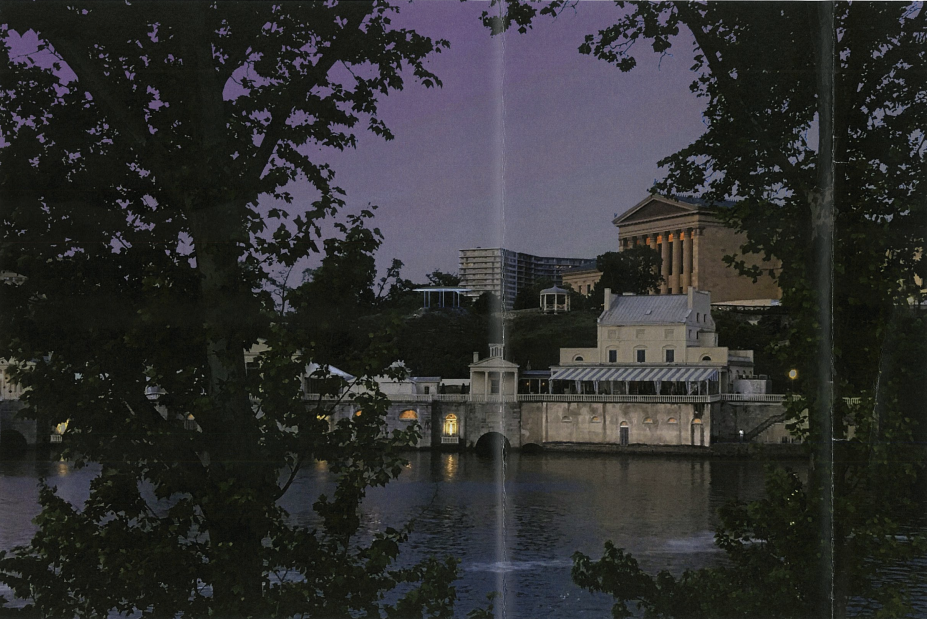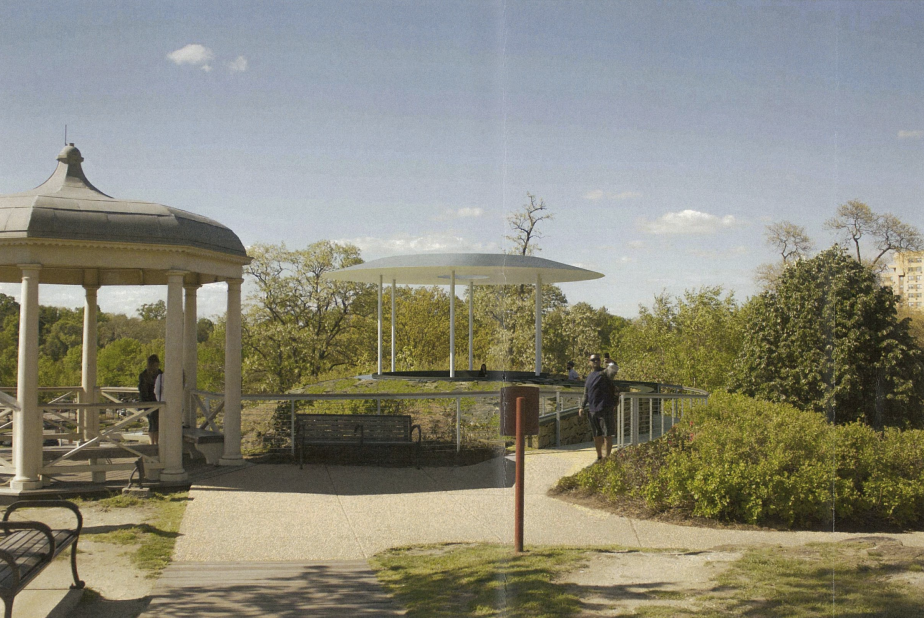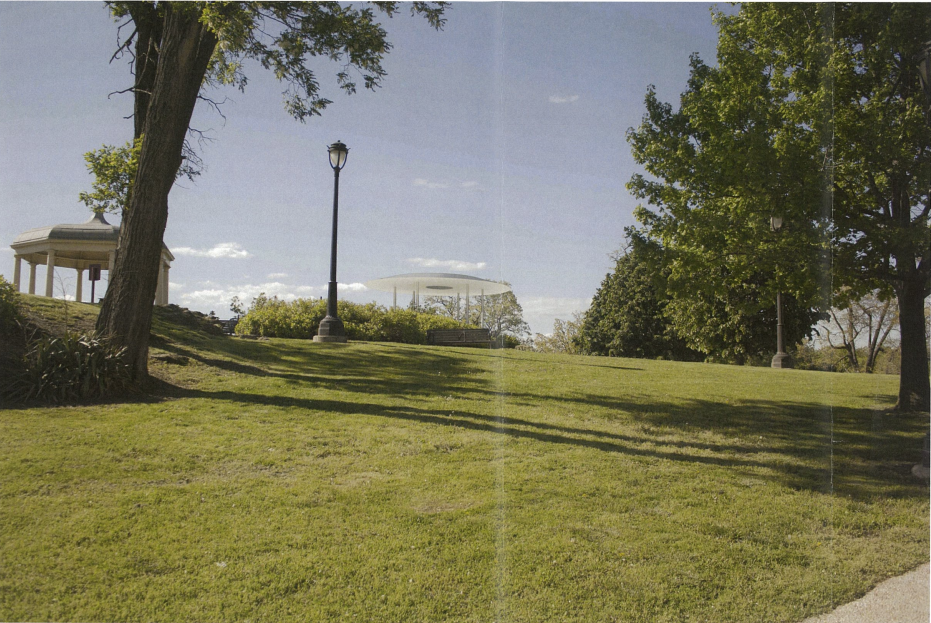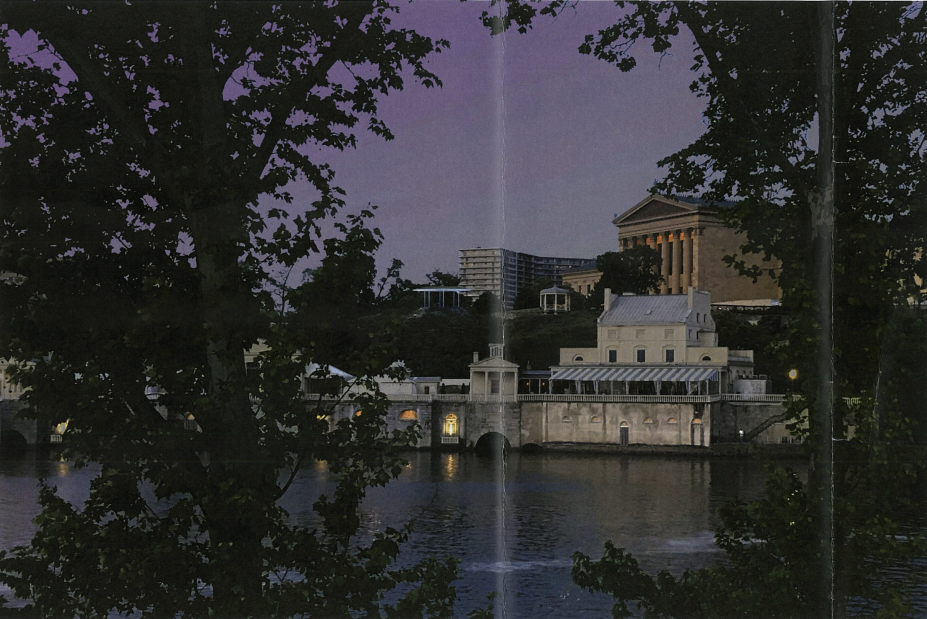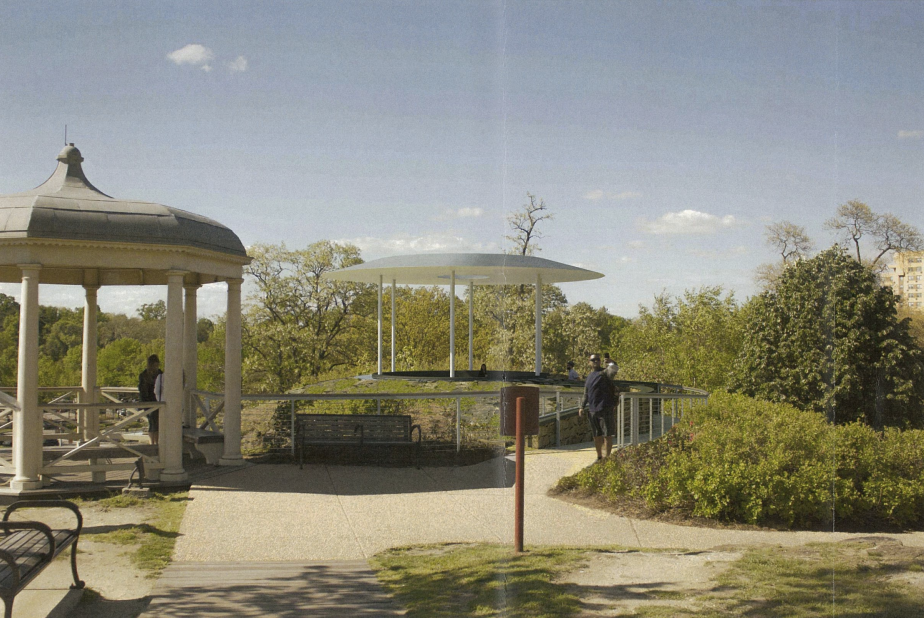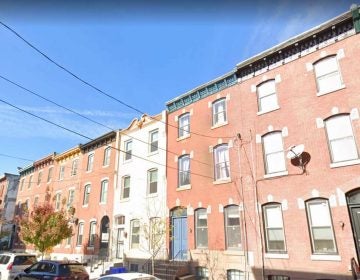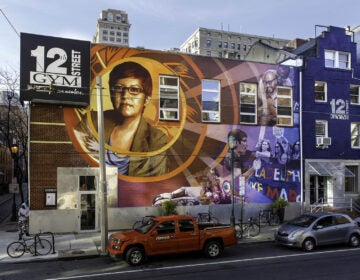Art Critics: Proposed “Skyspace” behind Art Museum provokes controversy at Historical Commission
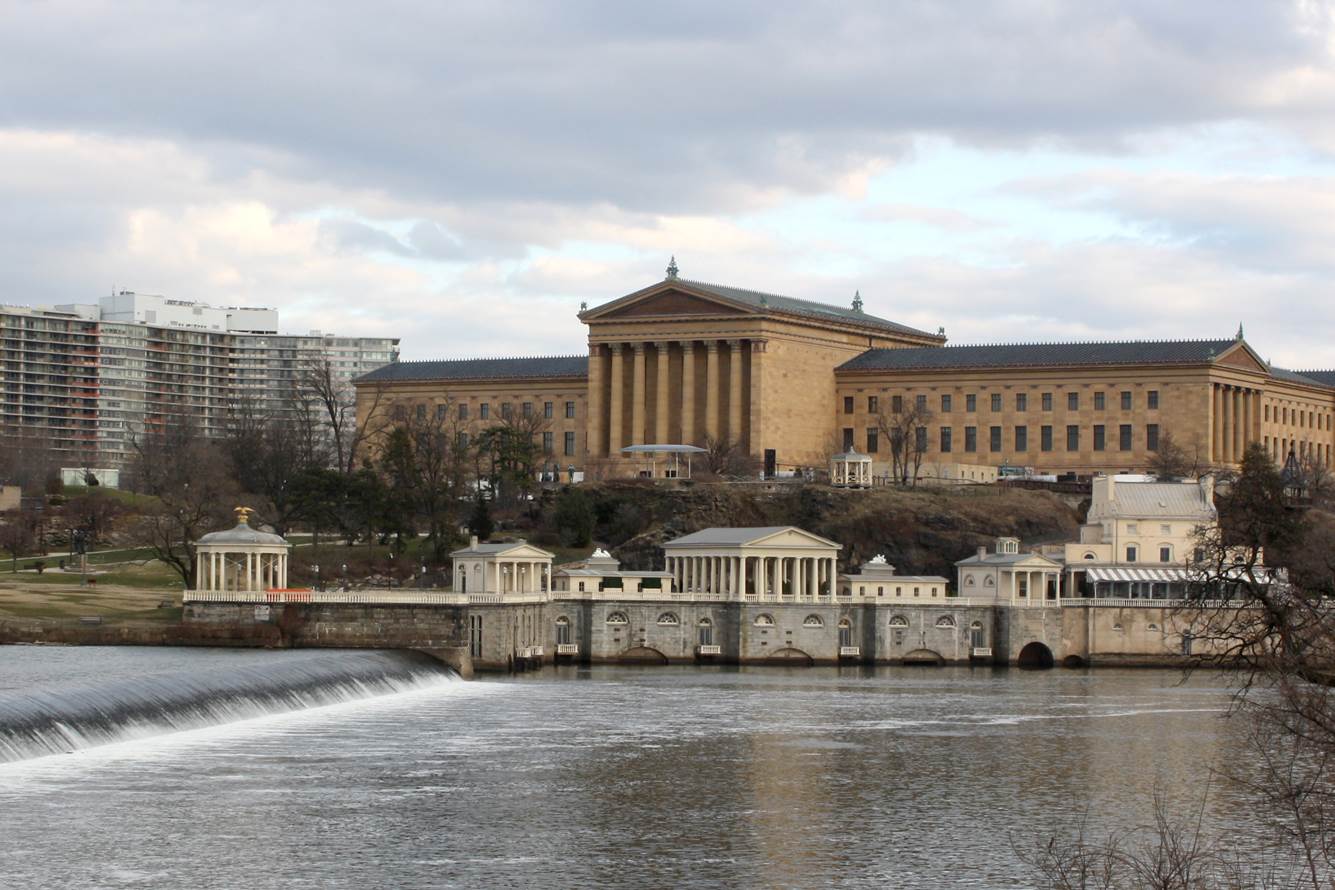
For a moment Friday morning, it looked as though the Historical Commission might have a problem with world-renowned artist James Turrell and his plans to grace Philadelphia with one of his iconic open-roof enclosures.
“It just looks out of place to me,” said John Mattioni, a long serving member of the commission. “I move that we reject the application.”
The Philadelphia Museum of Art first presented plans for a “Skyspace” on the bluff behind the influential institution a year ago. Turrell has crafted close to 100 of these installations, inspired by his Quaker faith, across the world, including one in Chestnut Hill. Although each is unique, the essential features include a room with an opening to the sky and light installations that play during sunup and sundown.
Last year, some members of the commission criticized the Turrell “Skyspace” slated for the rear of the Art Museum. The location overlooks the famed Fairmount Waterworks, which Mattioni and other concerned commissioners feared would dramatically alter a historic Philadelphia landscape. Although two gazebos already sit on the hill, they are much older. The one proposed by Turrell, whose work inspired the music video for Drake’s “Hotline Bling”, is distinctly modern—and looks a bit like a UFO on stilts.
Since then, Turrell has altered his design. The color and size of its canopy have been changed to lessen its contrast with the surrounding environment, and the light display has been revised as well: Previously, the lights were mounted in the middle of the supporting columns, but now they have been obscured and placed in a tray around the base of the Skyspace.
As a result of these changes, the installation sailed through the Architectural Committee and the Art Commission.
That didn’t stop a parade of academic experts from issuing forth to critique the project at Friday’s Historical Commission meeting, however.
“This hill we are looking at is one of the central works of art of Philadelphia,” said Michael J. Lewis, the Faison-Pierson-Stoddard Professor of Art History at Williams College. “We are used to thinking of art as a sculpture, a painting, or a building. But sometimes a landscape itself is a work of art.”
Lewis compared the alteration of the hillside with replacing the statue of William Penn on top of City Hall with one of Rocky Balboa.
Lewis and his allies, who included the University of Pennsylvania’s Aaron Wunsch, criticized the project for altering a historic landscape and for a lack of public engagement. Although the proposal has been considered in public by the Art Commission and the Historical Commission several times, opponents argued that a more intensive and deliberate attempt to engage the public remains lacking.
Wunsch argued that the municipal bodies the Turrell project is moving through—and where renderings have been made available—are inaccessible to the average Philadelphian.
“A member of the public may have been able to get a sense of what was being proposed here if they knew where to dig for the PDFs,” said Wunsch. “But only in the most recent round [of renderings] could people see what was being proposed from across the river. That view was not published last year, it is only coming now, late in this process.”
Several members of the Historical Commission added their objections as well, including historian Emily Cooperman, who felt it clashed too sharply with its surroundings.
But when the motion to reject the project went up for a vote, only three of the thirteen commissioners opposed the Turrell installation.
The head of the commission’s Architectural Committee, Dan McCoubrey, explained why the body he is in charge of voted for it. Then he made a motion to approve the Art Museum’s plans.
“We think it’s a very logical place for a pavilion,” said McCoubrey. “It’s a pavilion that’s contemporary in style. We have a rustic pavilion, a neoclassical pavilion, and now a wonderful contemporary pavilion.”
Although the Historical Commission approved Turrell’s project, to the obvious relief of the assembled Art Museum leadership, Wunsch said that his allies plan to explore other options for preventing the pavilion’s construction on the bluffs overlooking the waterworks.
“We have filed a Right-To-Know request to get them to demonstrate that there is any paperwork that makes this a legitimate arrangement,” said Wunsch, in an interview with PlanPhilly after the meeting. “The Art Museum owns the art museum, [but] the rest of what’s around it is the park. Is there a lease? A memorandum of agreement? Anything that shows why the Art Museum just gets to do this?”
The Historical Commission refused to consider that question, or hear much testimony about it, saying it is outside their jurisdiction.
WHYY is your source for fact-based, in-depth journalism and information. As a nonprofit organization, we rely on financial support from readers like you. Please give today.




